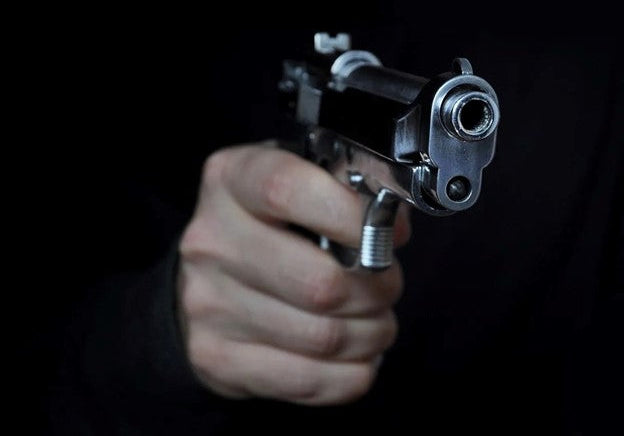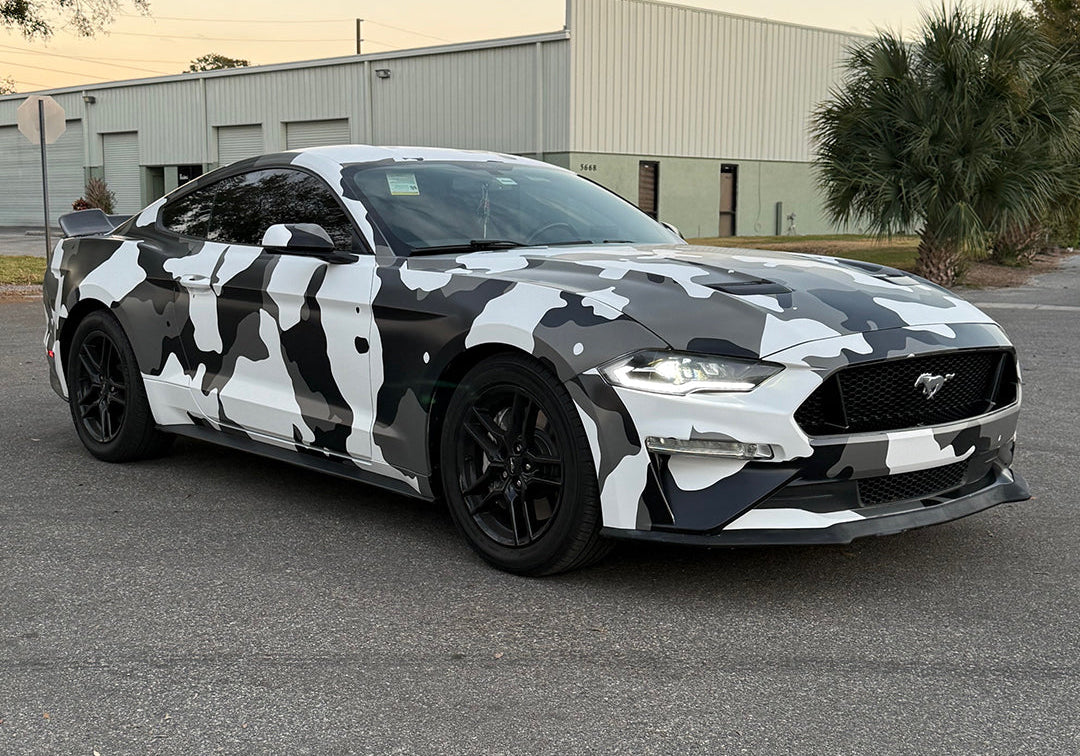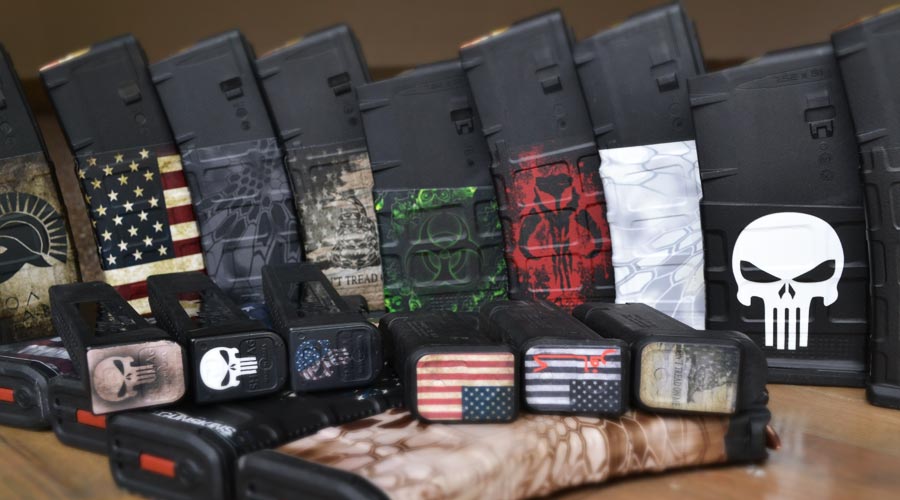Congratulations: You’ve bagged your buck! Successfully tracking down and killing your deer has been a thrilling experience- but the experience isn’t finished yet. It’s very important to get straight to the field dressing as soon as you’ve located the deer’s body and confirmed the kill. Meat spoils very quickly, and if you don’t want to be wasteful, you’re going to have to get right to work.
Field dressing is simply the act of removing the internal organs of your catch, whatever animal it might be, in order to keep the meat clean and as cool as possible. Doing this also eases the transportation process. We tend to avoid most of the internal organs when preparing our deer for food.
So, leaving the organs behind ensures that nothing goes to waste since there will most likely be a carnivore out there somewhere who is willing to clean up after us. However, it is important to check the regulations of your area since it is legal in most states to leave behind the remains, but not in all.
If you’re all set to dress that deer, then read on for each step in the process. The only tool you will need is a good, sharp knife at least four inches long. Deer, as are most prey animals, are incredibly perceptive of even the slightest changes in their surroundings. That is where camouflage comes in handy. Wrap your gear, including your hunter’s knife, with a GearSkin vinyl wrap to ensure that your tools don’t alert the wildlife to your presence.
Other tools will only help the process along, such as perhaps an even longer knife, a gut hook that provides the smoothest cuts during dressing, latex gloves for obvious sanitary purposes, and of course: a strong stomach.
Confirm the Kill
Firstly, before you get too excited and go for the guts, you need to make sure that your deer has, in fact, been killed humanely. This is for your own safety. Deer are large, strong animals yet skittish as well, so going in too close while it still has life in it is extremely dangerous. Always approach the body with caution and check to see if it’s still breathing.
If you find the deer is still alive, the absolute safest and most humane way to put it down is to shoot it once more in a vital area like the heart or the head and take your time while aiming to avoid making things even worse. If you’re unsure whether or not it is still alive, always play it safe and use up some more ammo.
It’s not recommended that you use a knife for this, but if the situation calls for it, then horizontally cutting the deer’s throat where the neck joins the torso or where the neck joins the head is the easiest way, or you could insert the blade straight into the brain. All of this can be particularly dangerous if it is a male deer and you have the antlers to worry about.
Once this is taken care of, there’s a last step to this process, and that’s retrieving your arrow or ammunition if it’s available. If you hunted with a bow, then you want to remove the arrow before dressing the deer. If it’s not obvious where the arrow is or if the arrowhead was lodged into the deer, then keep an eye out for it as you’re dressing the deer.
The same goes for bullets. If you shot it with a good hunting rifle, it’s possible the bullet went through cleanly. If you used a shotgun, then there could be some pellets to keep an eye out for. This is something to keep in mind now as you’re possibly dealing with obstructed organs, but also later as it will reveal the state of the meat as well.
Dressing The Deer
1. Positioning and Stretching
Now that you’re all set, you’re going to want to make sure that the deer’s body isn’t going to move around too much while you are dressing it. This will provide you with the cleanest cuts, the most intact meat, and will only make it easier on you while you are removing the organs. There are a couple of ways to make sure you are in a good position.
If you are alone, you can sit near the deer’s upper torso and neck, so your legs keep the deer’s legs stretched and out of your way. Then you just have to make sure the other legs are as stretched and widened as possible.
You could also tie up all the legs to nearby trees, or if you have a friend, then they can help you by holding the legs in place. Wedging logs or dirt in between the deer’s sides can also ensure that the body doesn’t swivel too much.
2. Coring
Once you know what position you're going to utilize, the next step is to detach the colon. This means moving to the anus and having the knife at the ready. What you are going to do is trace around the shape of the anus in a circular pattern. You may have to cut pretty deep by inserting the whole blade.
The idea is to keep the colon intact so that it doesn’t taint any meat. Detach it from the rest of the body (if the deer is a doe, then include the vagina in your circular cut). This step is important since it will make sure that the rest of the organs come out cleanly later on. For now, once the colon is loose inside the deer’s anus, leave it and prepare for the next step.
3. Chest Incision
Since the colon has been freed, you can move on to the main pelvis to sternum incision. You can do this by cutting from the pelvis towards the sternum, or you can go from the sternum to the pelvis. It depends on your preference and what works best for your position. It’s important that you focus on using the tip of your knife here, since the skin needs to be broken and split, but the organs should ideally be kept intact to keep the meat safe.
To do this, with your knife’s blade facing up, use your other hand to guide your knife and help the skin and meat split apart. Hold your knife with one hand and rest it in your other hand’s palm. The hand not gripping the knife will make a “V” shape with your fingers that will act like guardrails that will help the walls split and help you feel for the organs. Just keep cutting until you’ve exposed everything, but you won’t be getting too close to the base of the neck.
4. Cutting the Diaphragm
Now that you can see everything, you’ll notice a membrane that joins the heart and lungs with the rest of the intestines. This is the diaphragm, and you will need to make a deep cut into this from one side of the cavity to the other in order to separate the membrane and allow access towards the spine- always taking care not to overcut and pierce any other organs. This will start to really free up the organs.
5. Cut the Esophagus
Once the diaphragm is out of the way, then you should be able to reach deeper into the body, towards the spine and the neck. When you reach deep into the chest, you should find a thick, bumpy pipe almost like a large piece of rhubarb. This is the esophagus, and you’re going to have to cut it in order to separate, but it may take a bit of a steady hand.
6. Remove the Rest
After cutting and freeing the esophagus, you’re ready to pull out the rest of the organs all at once. Cutting the diaphragm allows you access to the esophagus, which is now loose, and you start with the colon, which is also loose and shouldn’t put up too much resistance. While gripping the esophagus, you will pull tightly in the direction that the body’s neck is pointing, and after a number of good, firm tugs, the organs should be completely free and the body emptied out.
 Draining
Draining
Now that everything is out in the open, it’ll be a good idea to let the body drain any last bit of blood remaining. To do this, flip the body over and spread it out, so the blood drips and drains onto the grass. As was mentioned before, you should also be allowed to leave all of the intestines and organs behind, but some states do prevent this, so do your research. When you’re satisfied, then you’re all set and ready to carry off your prize!
Make sure to preserve your meat as soon as possible after dressing your catch. Having a cooler on hand is always ideal for this. You may also want to hang the body later to let it drain even more.
We hope this guide has been helpful to you! Click here if you want to explore any of our other articles.
Sources:







